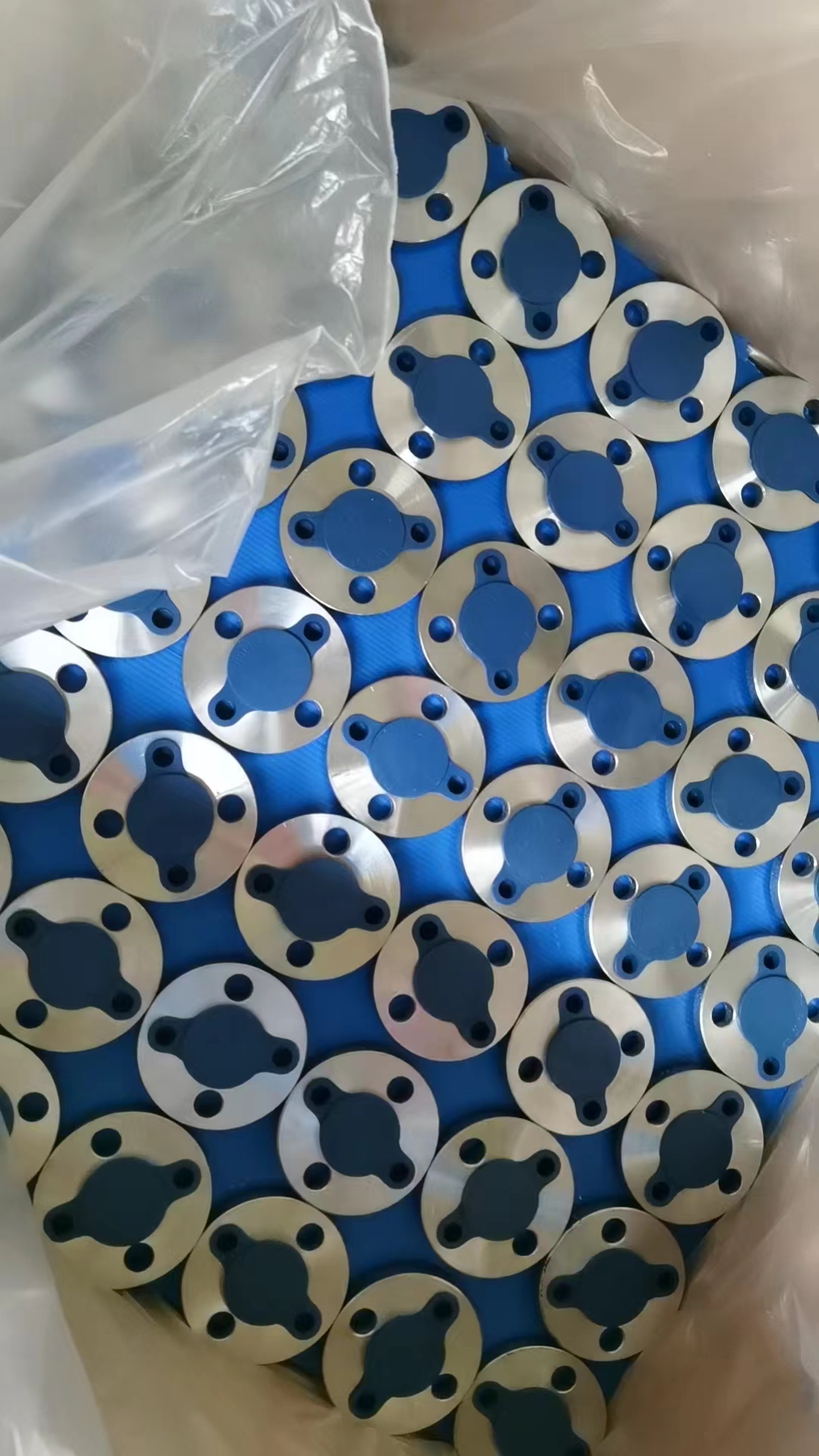-
Cangzhou Yulong Steel Co., Ltd.
-
Phone:
+86 13303177267 -
Email:
admin@ylsteelfittings.com
- English
- Arabic
- Italian
- Spanish
- Portuguese
- German
- kazakh
- Persian
- Greek
- French
- Russian
- Polish
- Thai
- Indonesian
- Vietnamese
- Zulu
- Korean
- Uzbek
- Hindi
- Serbian
- Malay
- Ukrainian
- Gujarati
- Haitian Creole
- hausa
- hawaiian
- Hebrew
- Miao
- Hungarian
- Icelandic
- igbo
- irish
- Japanese
- Javanese
- Kannada
- Khmer
- Rwandese
- Afrikaans
- Albanian
- Amharic
- Armenian
- Azerbaijani
- Basque
- Belarusian
- Bengali
- Bosnian
- Bulgarian
- Catalan
- Cebuano
- China
- China (Taiwan)
- Corsican
- Croatian
- Czech
- Danish
- Esperanto
- Estonian
- Finnish
- Frisian
- Galician
- Georgian
- Kurdish
- Kyrgyz
- Lao
- Latin
- Latvian
- Lithuanian
- Luxembourgish
- Macedonian
- Malgashi
- Malayalam
- Maltese
- Maori
- Marathi
- Mongolian
- Myanmar
- Nepali
- Norwegian
- Norwegian
- Occitan
- Pashto
- Dutch
- Punjabi
- Romanian
- Samoan
- Scottish Gaelic
- Sesotho
- Shona
- Sindhi
- Sinhala
- Slovak
- Slovenian
- Somali
- Sundanese
- Swahili
- Swedish
- Tagalog
- Tajik
- Tamil
- Tatar
- Telugu
- Turkish
- Turkmen
- Urdu
- Uighur
- Welsh
- Bantu
- Yiddish
- Yoruba

Aug . 07, 2024 15:35 Back to list
Understanding Flange Design and Specifications According to DIN 11864 Standards for Industrial Applications
Understanding Flange DIN 11864-2 A Comprehensive Overview
Flanges play a crucial role in the assembly and integrity of piping systems across various industries, from oil and gas to pharmaceuticals. Among the many standards for flange design, DIN 11864-2 stands out as a key specification that vehicle manufacturers and industrial partners utilize to ensure compatibility and reliability in their connections.
Overview of DIN Framework
The Deutsches Institut für Normung (DIN), or the German Institute for Standardization, has created numerous standards that govern various industrial components, including flanges. The DIN 11864 standard specifically addresses manufacturing and design requirements for flanges that are typically used in conjunction with flexible pipe connections. The standard comprises multiple parts, with Part 2 focusing on the requirements for flanges used in sanitary applications, particularly those that involve the transport of fluids.
DIN 11864-2 outlines the dimensions, tolerances, materials, and manufacturing processes necessary to produce flanges that meet specific sanitary conditions. It is instrumental in ensuring that the flanges can operate safely and effectively in systems where hygiene is paramount, such as food processing and pharmaceutical manufacturing.
Key Attributes of DIN 11864-2
1. Design and Dimensions The DIN 11864-2 standard specifies the design and dimensional characteristics of the flanges, including the inner and outer diameters, the thickness of the flange, and the hole patterns. The precise measurements ensure that flanges can fit seamlessly with other system components, thereby preventing leaks and maintaining system integrity.
2. Material Selection A crucial element of this standard is the choice of materials. Flanges must be made from materials that can withstand the operational conditions, including temperature changes and exposure to corrosive substances. Common materials include stainless steel, which is favored for its resistance to corrosion and ease of cleaning, making it ideal for sanitary applications.
flange din 11864 2

3. Surface Finish The surface finish of the flanges is another significant aspect governed by the DIN 11864-2 standard. A smooth surface finish minimizes the risk of contamination, making it easier to clean. This is especially important in industries like pharmaceuticals, where any contamination can result in significant product loss or regulatory penalties.
4. Connection Type DIN 11864-2 specifies the types of connections that can be used with the flanges, including welded, bolted, and threaded connections. The standard allows for versatility, meaning that manufacturers can implement the flanges into a wide range of systems without compromising performance.
5. Testing and Compliance To ensure that the flanges comply with DIN 11864-2, various testing methods are outlined, including pressure testing and leak testing. These procedures help to ensure that each flange meets the required safety and durability standards.
Applications in Various Industries
Flanges designed according to DIN 11864-2 are prevalent in sanitary applications in food, beverage, and pharmaceutical industries. For example, breweries use these flanges to transport liquids through piping systems, minimizing the risk of contamination. Similarly, in the pharmaceutical sector, where sterile conditions are paramount, DIN 11864-2 compliant flanges contribute to maintaining the integrity of the fluid systems.
Conclusion
Understanding and implementing the requirements of DIN 11864-2 is vital for manufacturers and engineers aiming to design safe, efficient, and hygienic piping systems. By adhering to this standard, industries can ensure that their connections are reliable, minimizing the risk of contamination or failure. As industries continue to prioritize safety and efficiency, the relevance of DIN 11864-2 and similar standards will only continue to grow.
Latest news
-
ANSI 150P SS304 SO FLANGE
NewsFeb.14,2025
-
ASTM A333GR6 STEEL PIPE
NewsJan.20,2025
-
ANSI B16.5 WELDING NECK FLANGE
NewsJan.15,2026
-
ANSI B16.5 SLIP-ON FLANGE
NewsApr.19,2024
-
SABS 1123 FLANGE
NewsJan.15,2025
-
DIN86044 PLATE FLANGE
NewsApr.19,2024
-
DIN2527 BLIND FLANGE
NewsApr.12,2024
-
JIS B2311 Butt-Welding Fittings LR/SR 45°/90° /180°Seamless/Weld
NewsApr.23,2024











